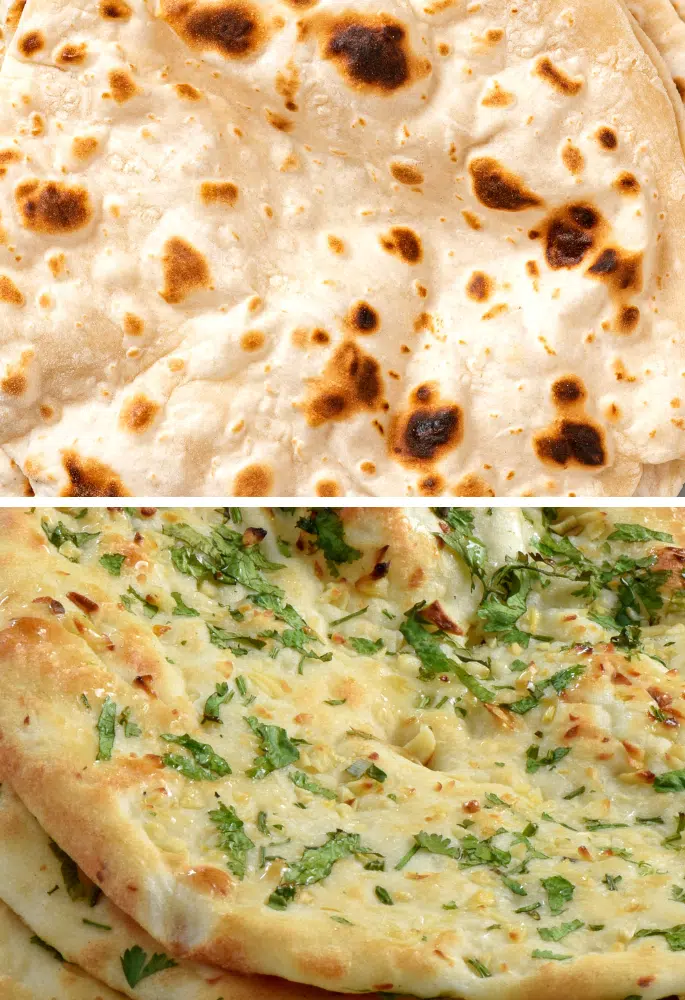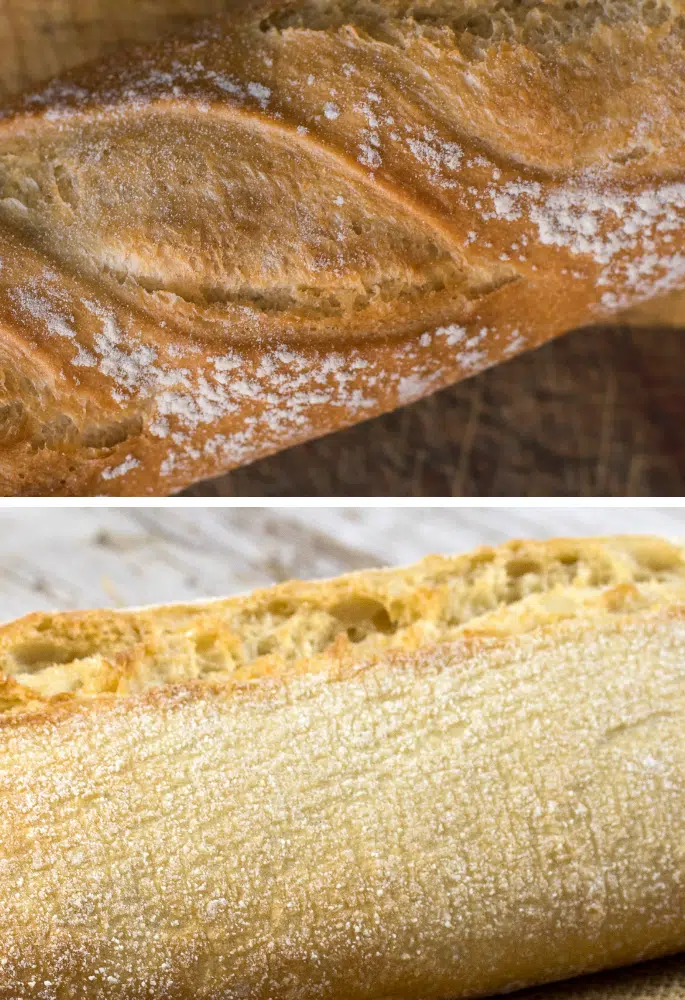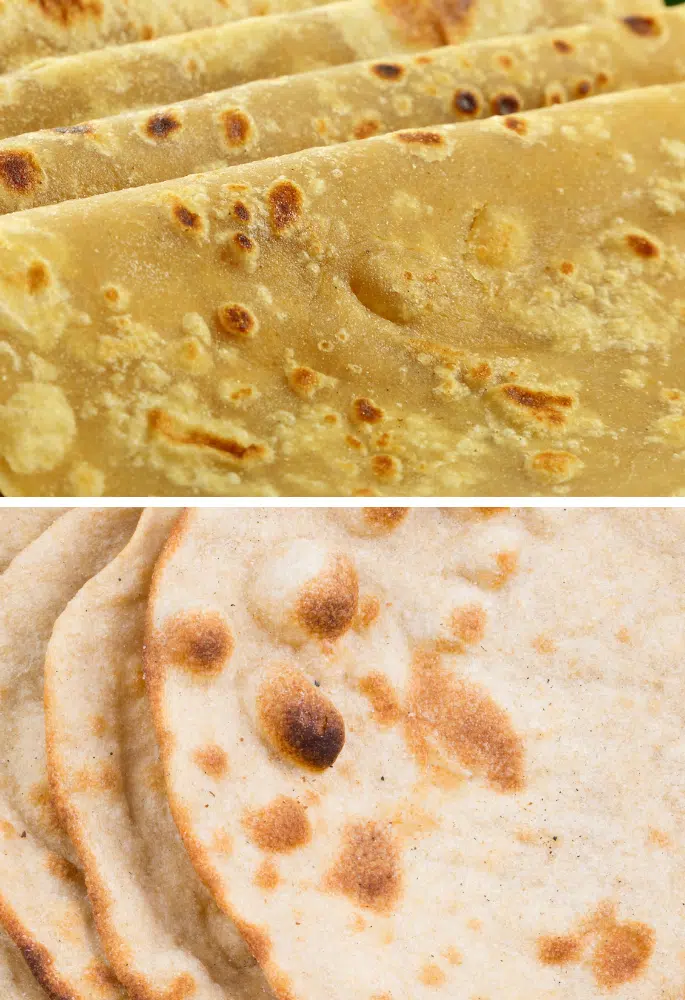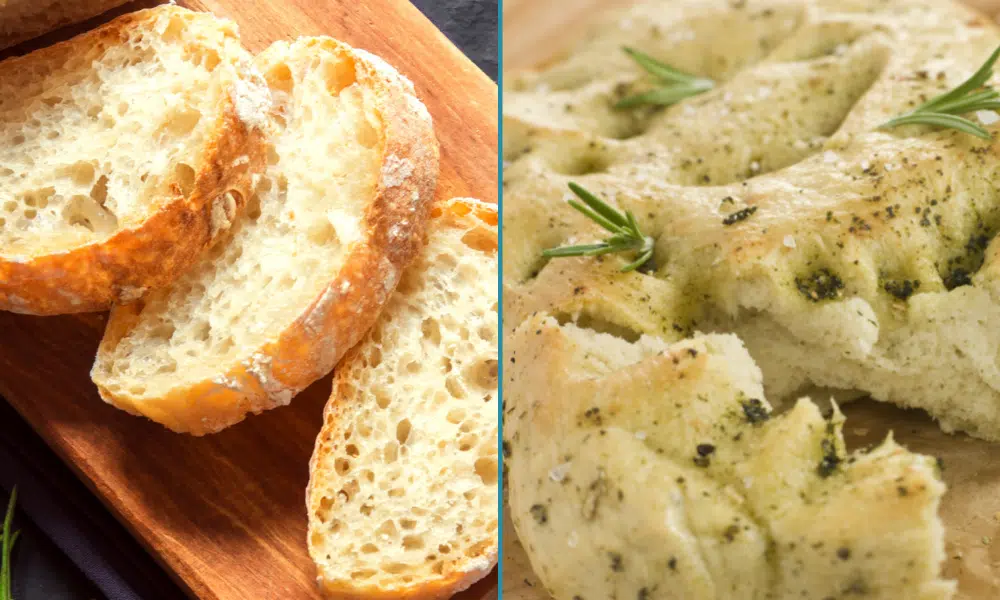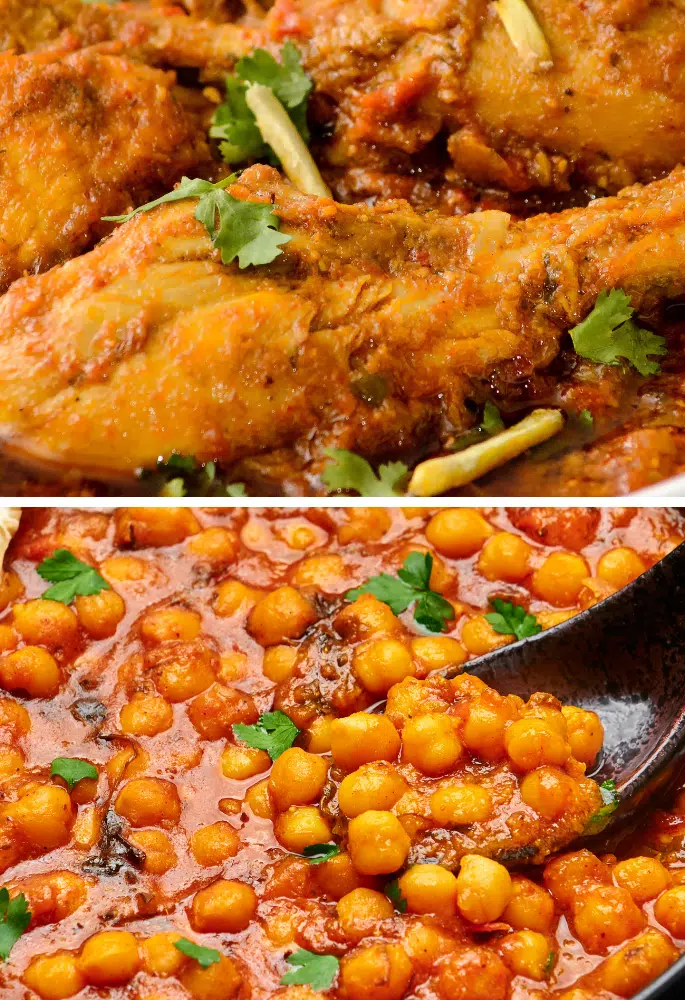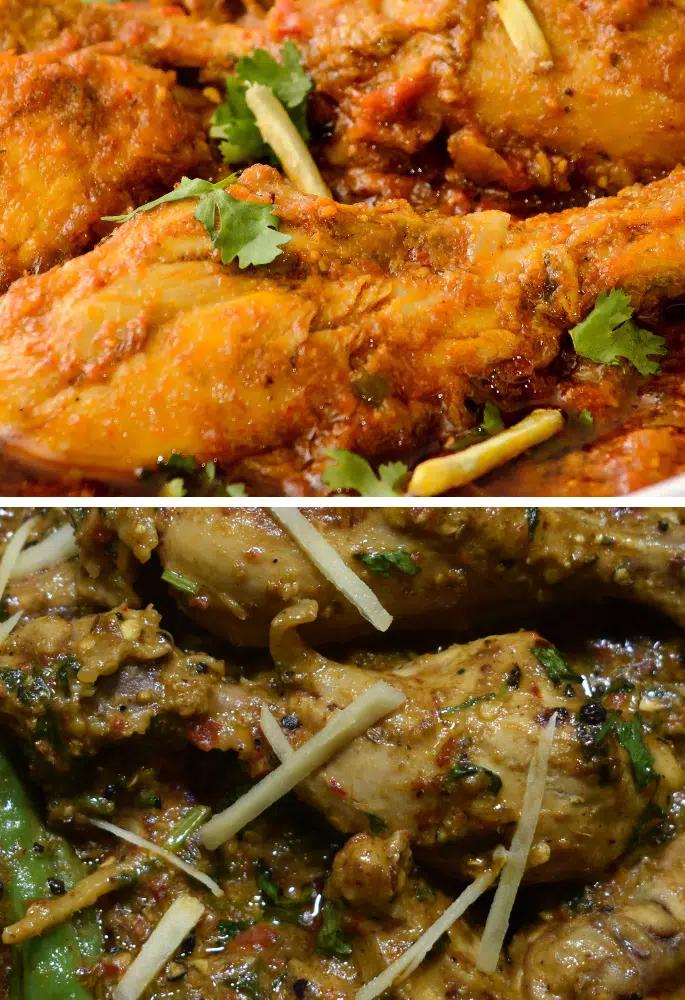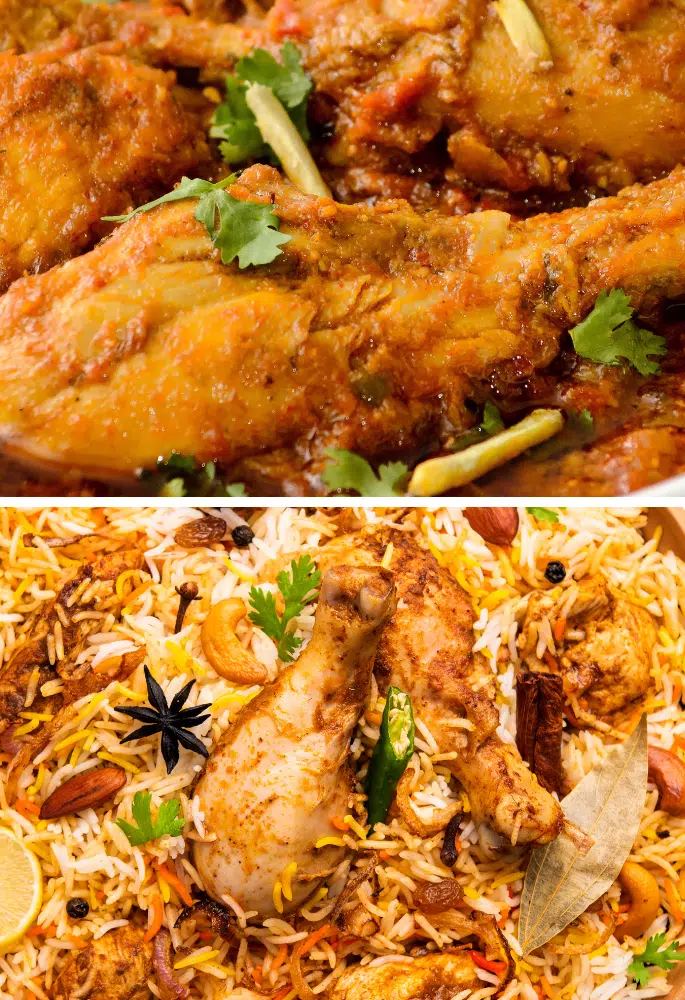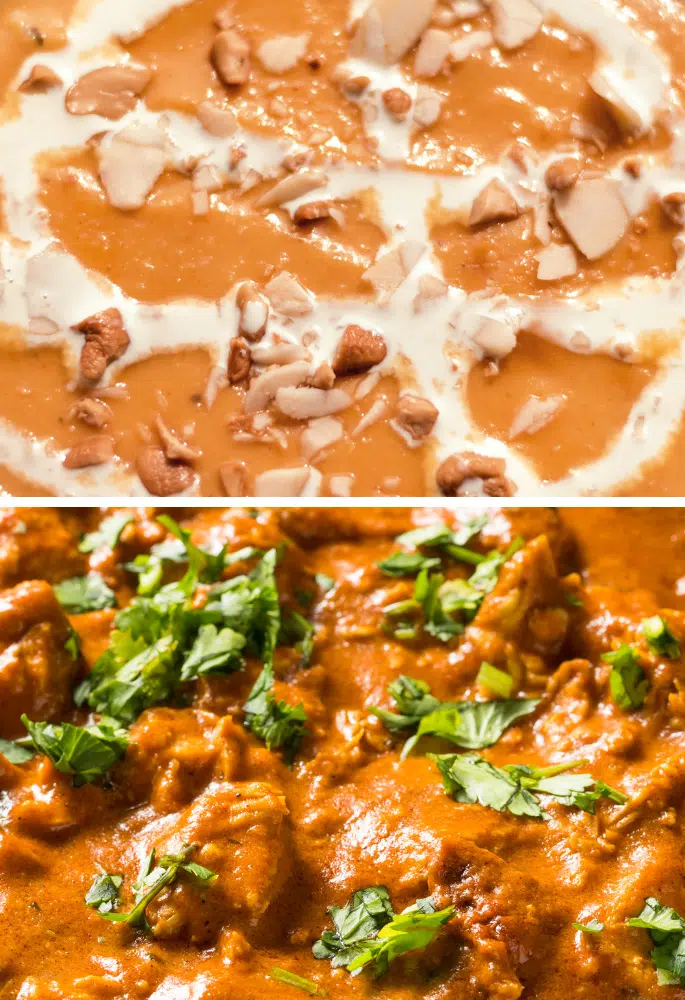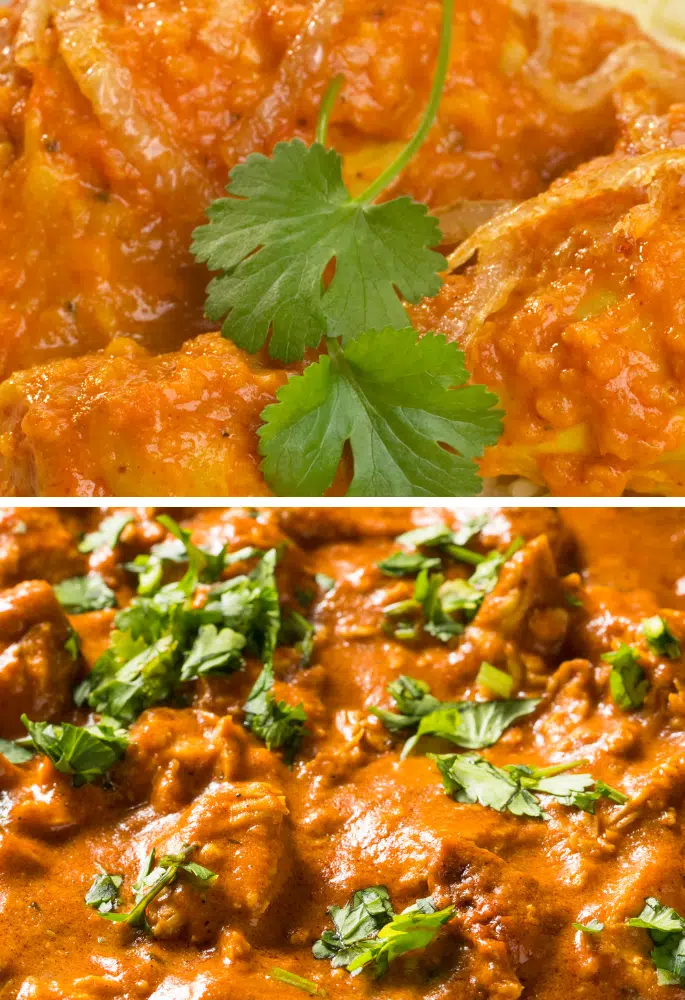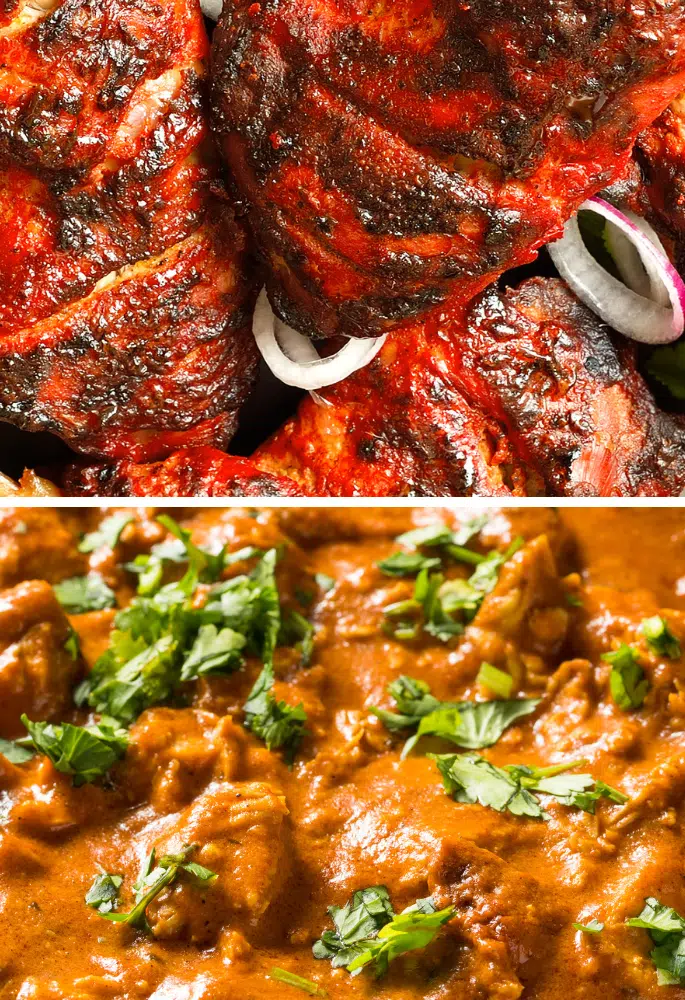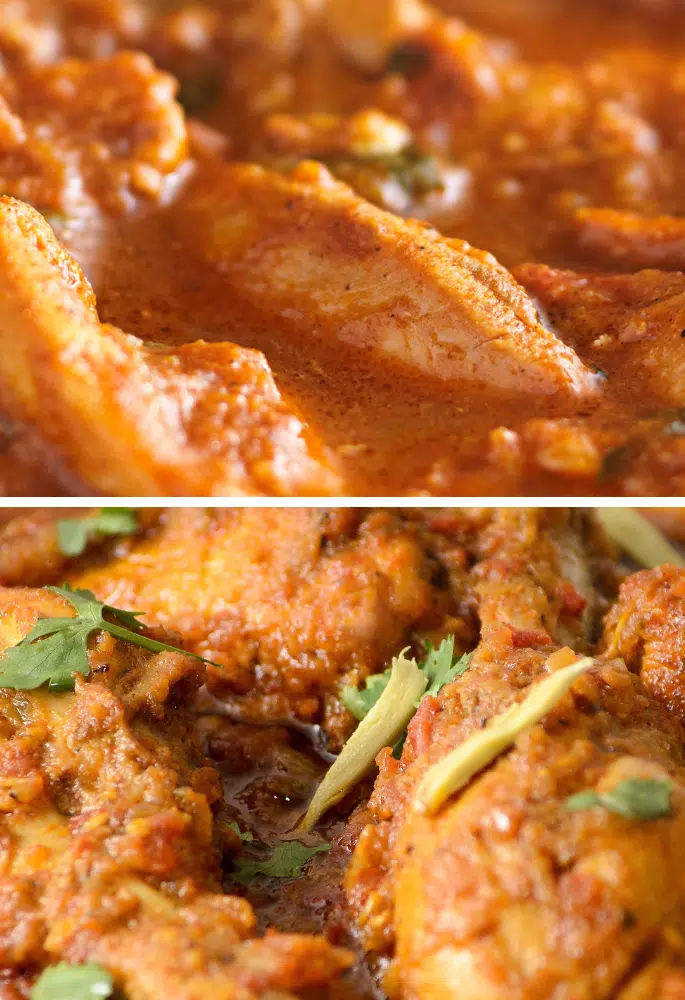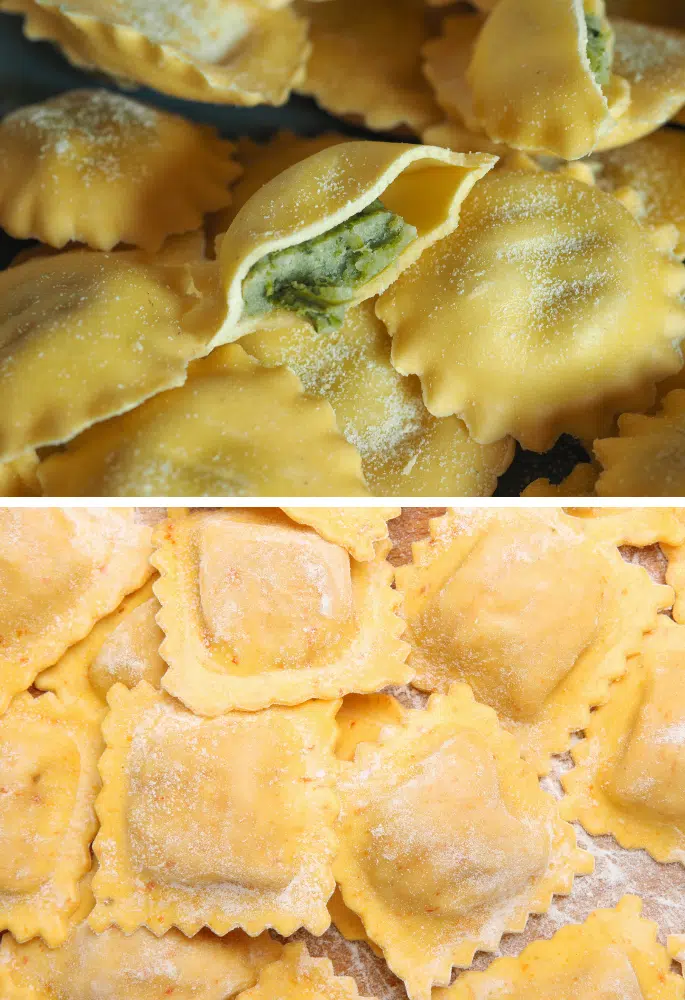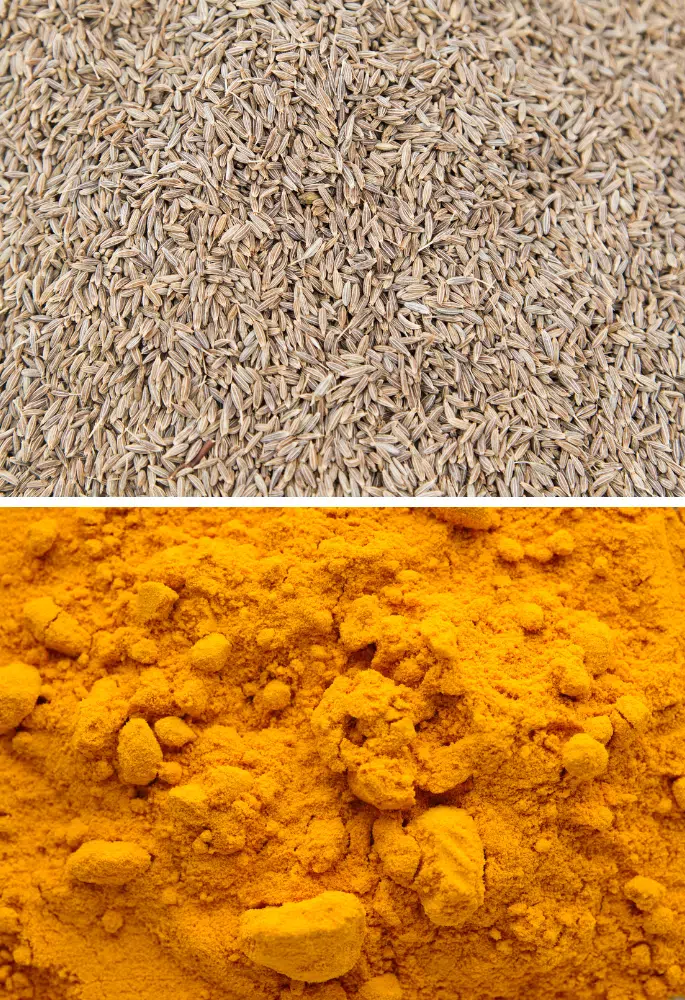Chapati and Bhakri, two staples in Indian cuisine, are integral to the daily meals of millions. While both are types of flatbreads, they have distinct identities shaped by regional preferences and cooking techniques. So, how do you separate these two popular bread types?
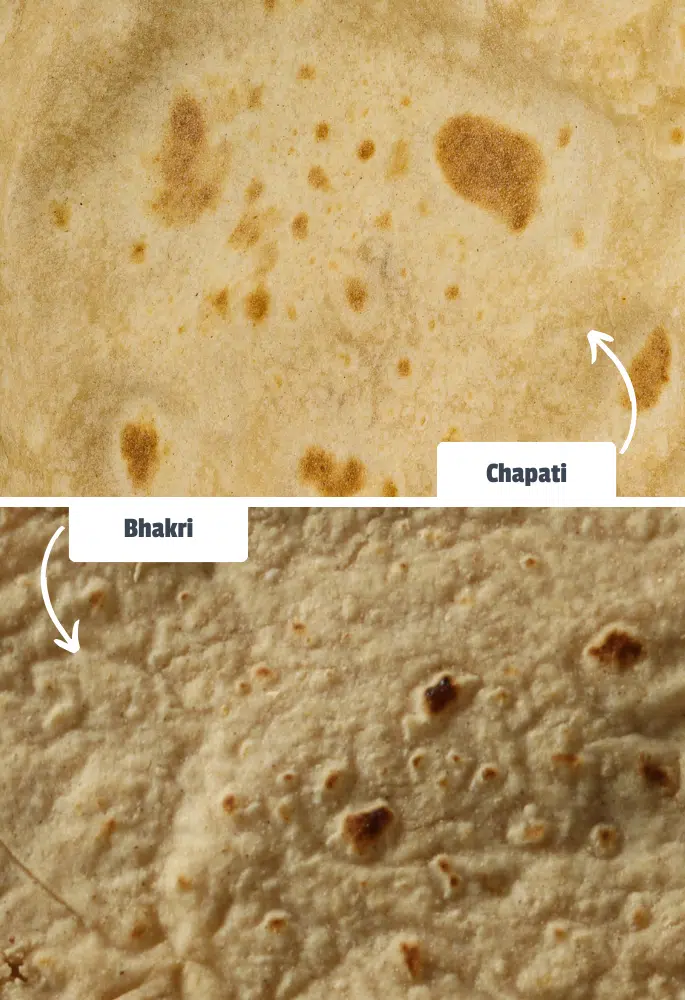
Chapati, a soft, thin bread made with wheat flour, is prevalent in North India, while Bhakri, a thicker, coarser bread typically made from millet or jowar flour, is a staple in Western India.
What is Chapati?
Chapati is a type of unleavened flatbread originating from the Indian subcontinent. It is made from whole wheat flour, known as atta, mixed with water and a pinch of salt.
The dough is then kneaded, divided into small portions, rolled into thin circles, and cooked on a flat pan called a tawa.
Chapatis are known for their soft texture and slight puffiness, achieved by cooking them over an open flame for a few seconds. They are a daily bread in many North Indian households and are enjoyed with a variety of dishes.
For chapatis, mix 2 cups of whole wheat flour with approximately 3/4 cup water (adjust as needed for a soft dough). Add a pinch of salt if desired. Knead into a smooth dough, rest for 15-30 minutes, then divide into 10-12 balls. Roll each into a thin circle and cook on a hot skillet until it puffs and browns on both sides.
What is Bhakri?
Bhakri is a traditional, unleavened bread predominantly consumed in Western India, especially in Maharashtra and Gujarat.
Unlike chapati, bhakri is made using jowar (sorghum), bajra (pearl millet), or rice flour, making it gluten-free and a denser bread.
The dough is shaped into thicker discs compared to chapatis and is cooked on a tawa until it develops a crispy texture. Bhakris are often accompanied by spicy curries, chutneys, or vegetables and are known for their ability to provide sustained energy.
For bhakri, use 2 cups of jowar or millet flour, about ¾ to 1 cup of water, and a pinch of salt. Knead into a stiff dough, divide into small portions, and roll each into a thick disc. Cook on a hot skillet over medium heat until brown spots appear on both sides. Serve hot.
Similarities Between Chapati and Bhakri
When you see these two types of Indian bread side-by-side, it’s actually quite hard to distinguish them. And it’s not just their appearance that is similar:
- Unleavened Bread: Both Chapati and Bhakri are unleavened flatbreads, meaning they are made without any rising agents like yeast or baking powder.
- Cooking Method: Both are traditionally cooked on a flat pan or tawa, often over an open flame.
- Versatility: Chapati and Bhakri are versatile accompaniments to a wide range of dishes, including vegetables, lentils, and meats.
- Cultural Importance: Each bread holds significant cultural importance in their respective regions, forming an essential part of daily meals and local cuisine.
Differences Between Chapati and Bhakri
Of course, there wouldn’t be much point in both existing if they were identical! There are a number of things that makes these individual types of flatbread.
- Flour Used: Chapati is made with whole wheat flour, while Bhakri is typically made from millet or jowar flour, giving each a distinct taste and texture.
- Texture: Chapatis are softer and more pliable, whereas Bhakris are coarser and often crispier.
- Thickness: Chapatis are rolled out to be quite thin, while Bhakris are thicker, contributing to their heavier consistency.
- Regional Popularity: Chapati is more common in North India, while Bhakri is a staple in Western Indian states like Maharashtra and Gujarat.
Chapati vs Bhakri: Which Wins?
You’ve been presented with a plate of chapati and a plate of bhakri, and you’ve got to decide which you’re going to mop your curry up with… So, which gets your vote?
Do You Prefer Chapati or Bhakri?
Hailing from Liverpool, Oliver is an adventurous chef with a penchant for exploring diverse cuisines and novel ingredients. Ollie, combining his love for local British flavours with global influences, brings innovation and charm to home cooking.


